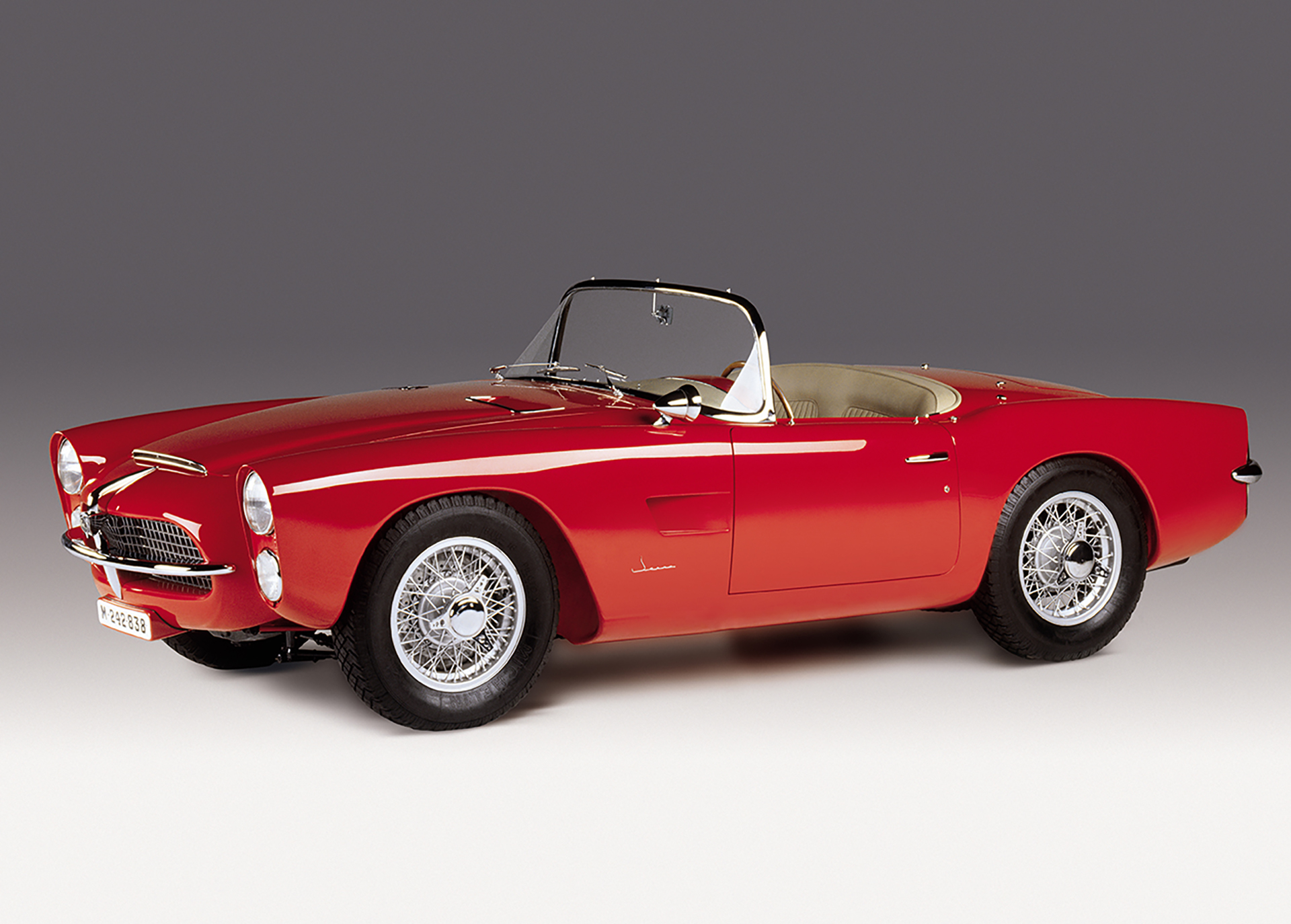Pegaso
The Rarest Brands in the Top 100 Collections
Photo credit: Pegaso, RM Sotheby’s, Wheelsage
There might be few of them, but the Pegaso cars that are part of the world’s Top 100 Collections are nevertheless significant. Created to bring prestige to the Francisco Franco regime in Spain and promising interesting mechanics and original designs, the brand never reached the expected levels of success and produced just 86 cars.
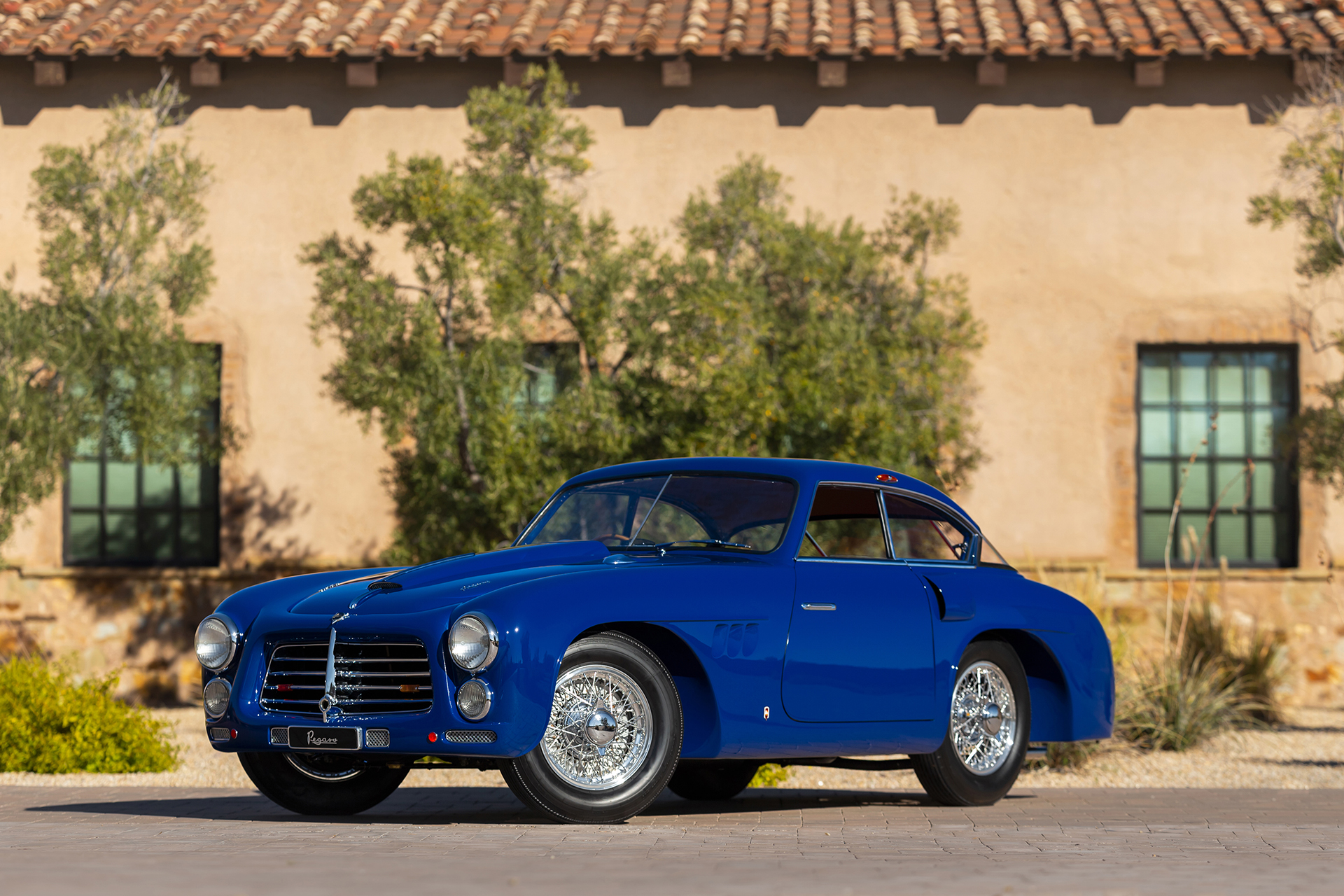
It is well worth knowing, however. Created from the imagination and ambition of Wifredo Pelayo Ricart who returned to Barcelona from Italy after for eight years as Chief Engineer for Special Projects at the Alfa Romeo Corse, the project was gifted with advanced technology that had always been Ricart’s ambition. In fact, at Alfa Romeo he had created two single-seaters as brave as they were unlucky: the 162 Grand Prix with an incredible 135° V16 engine with 4 valves per cylinder and the 512, a very advanced single-seater powered by Alfa’s first mid-engine, a compact 1,500cc flat V12 with two roots type superchargers, neither of which made it to the track because they were built in 1940, the year Italy entered the Second World War.
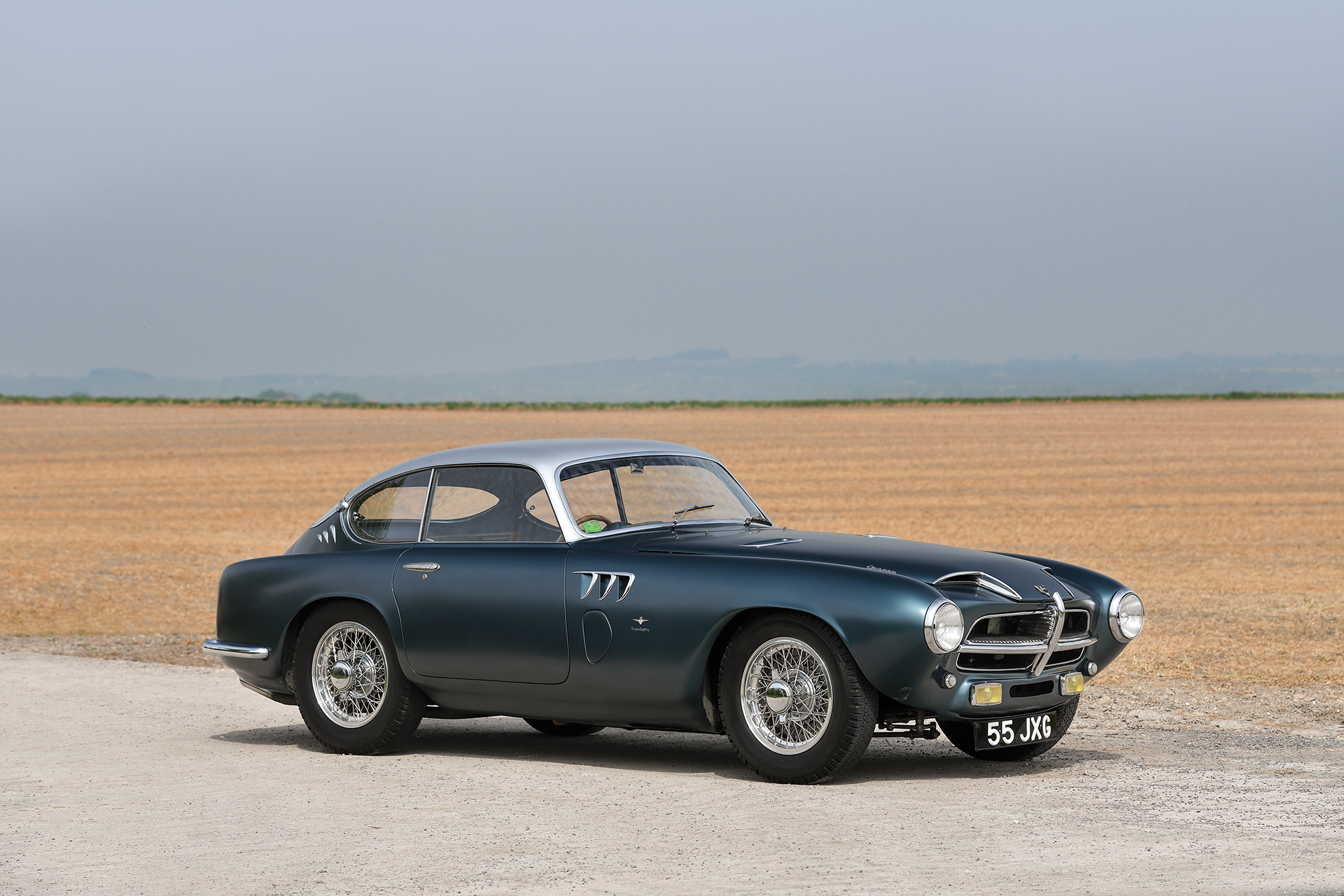
Once back in Spain, Ricart was commissioned by ENASA, built over the remains of the Spanish arm of Hispano-Suiza, to create a sports car that took the name of Pegaso. Presented at the Paris Motor Show in 1951 under the name Z-102, it had to compete with the Italian and English sports cars which in those years, dominated the tracks as much as they did the roads.
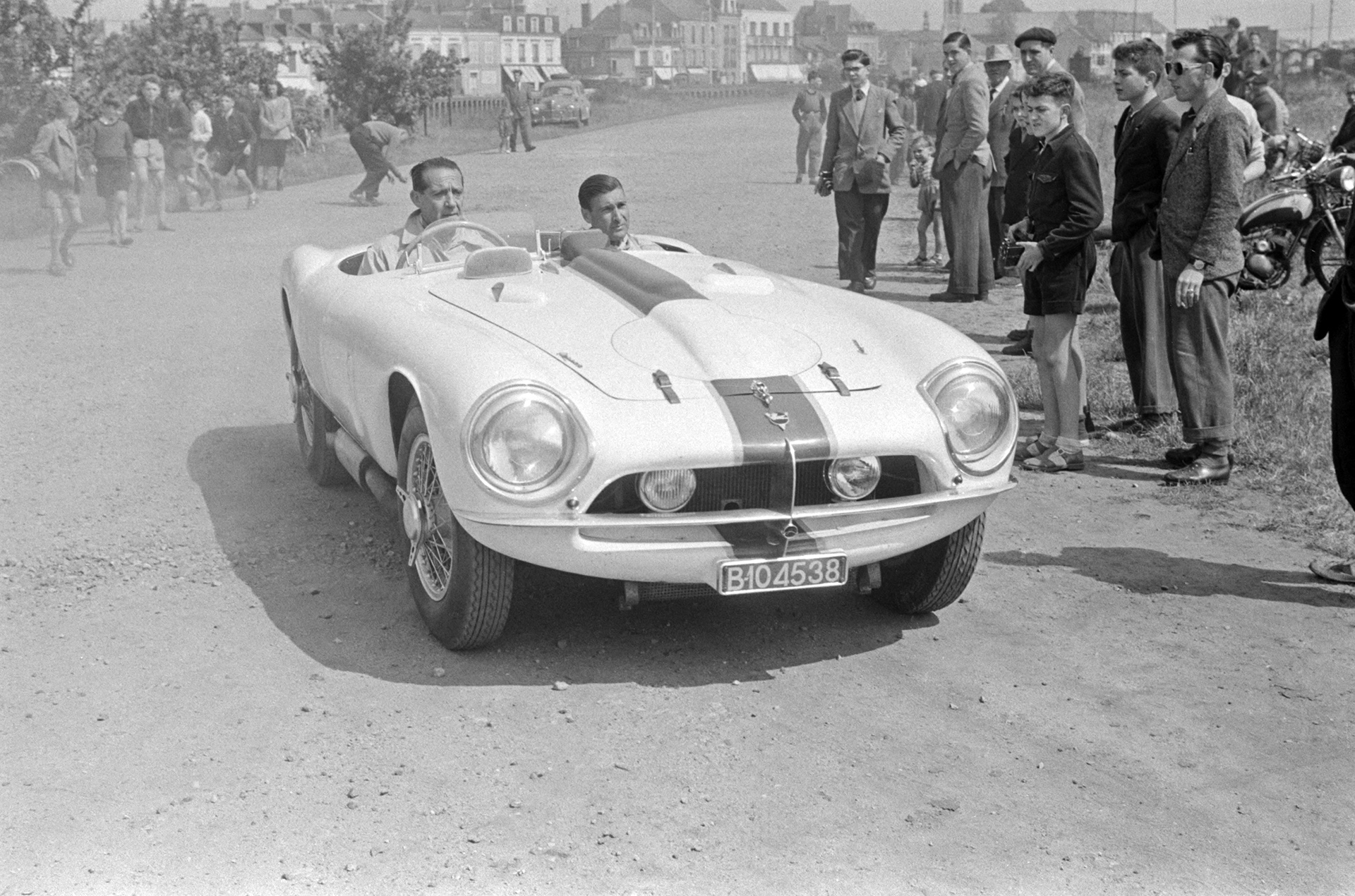
Powered by a light alloy 2,800cc V8 engine producing 170hp, it featured a 5-speed non-synchromesh transaxle and De Dion rear suspension. On paper it had everything it needed to succeed but it was too heavy and not reliable enough as the attempts made in races soon showed. Collaborations with three different coachbuilders – the Spanish Serra, the Italian Touring and the French Saoutchik – sought to drastically lighten the car through the use of aluminium bodies and interventions to the heavy chassis.
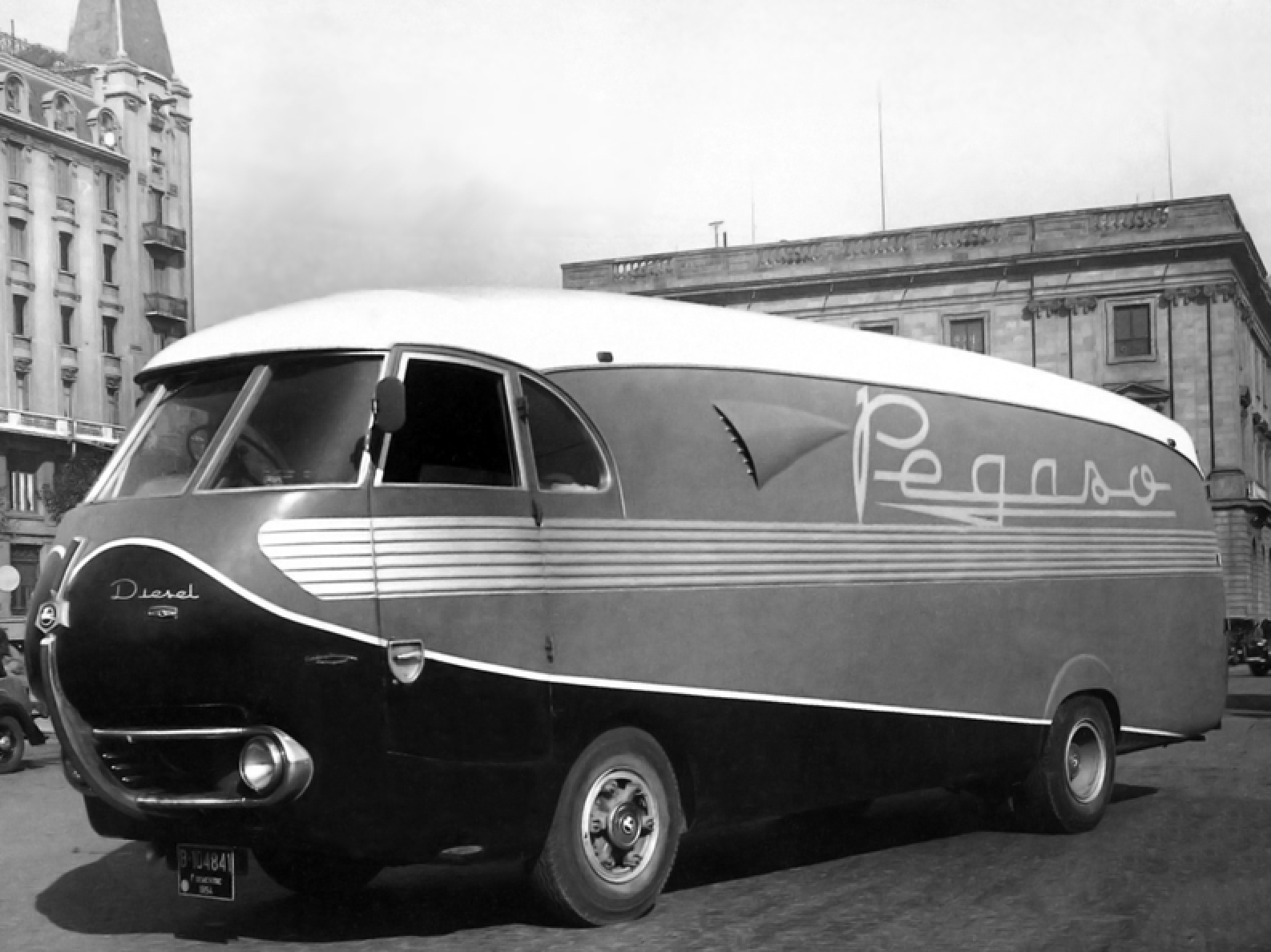
To enhance the project further and send out a message that the company applied avant-garde technology, Ricart also had ENASA build a special Van called Bacalao that it used for promotional activities and as a means of assistance at the races.
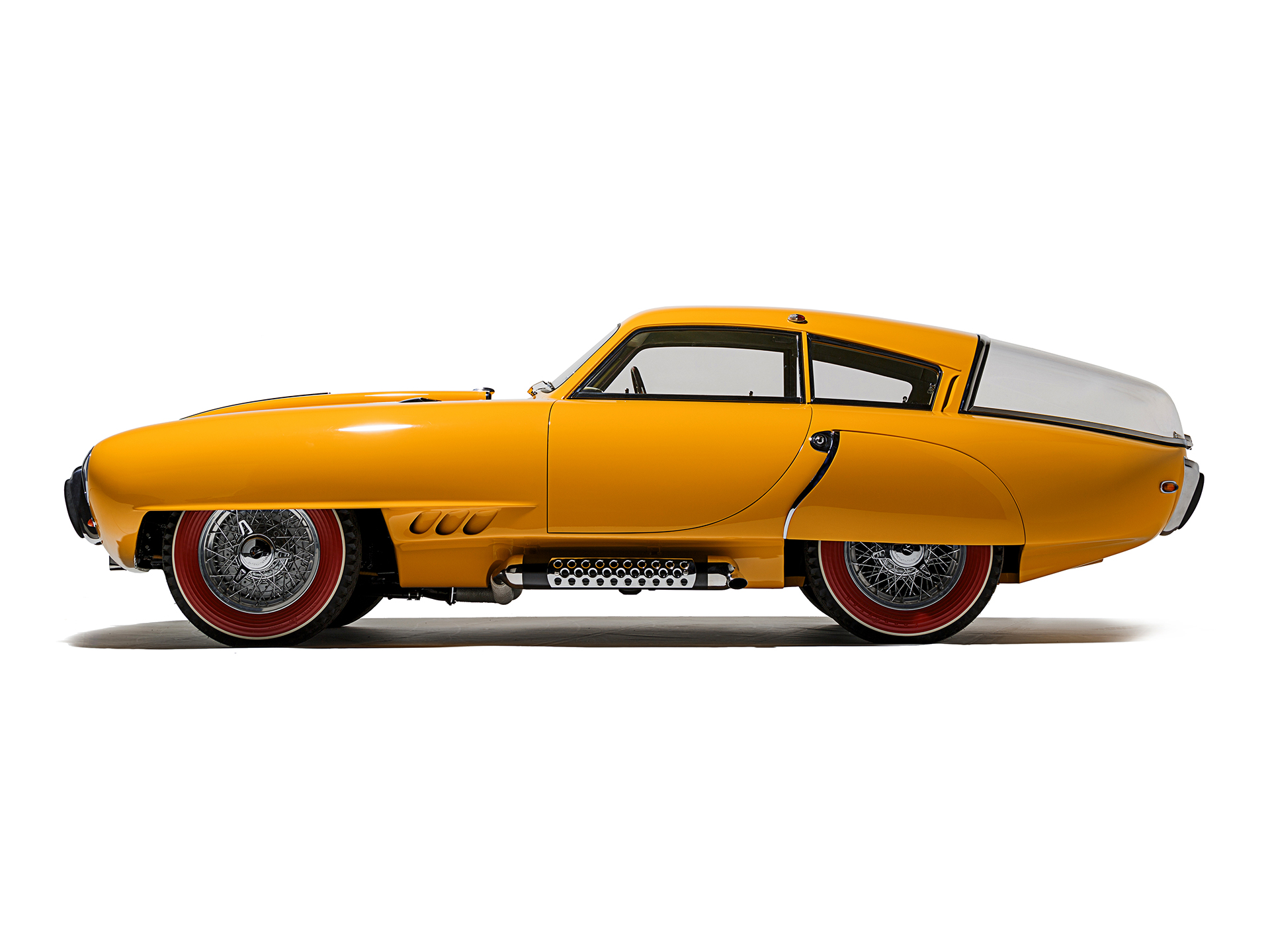
The futuristic vision of the cars made by Touring reached its zenith with the much-celebrated Z-102 Cùpula, which was presented in 1953 at the New York Motor Show and sold immediately. A unique example, it is now part of the Evert Louwman collection and is exhibited at the Hague Museum.
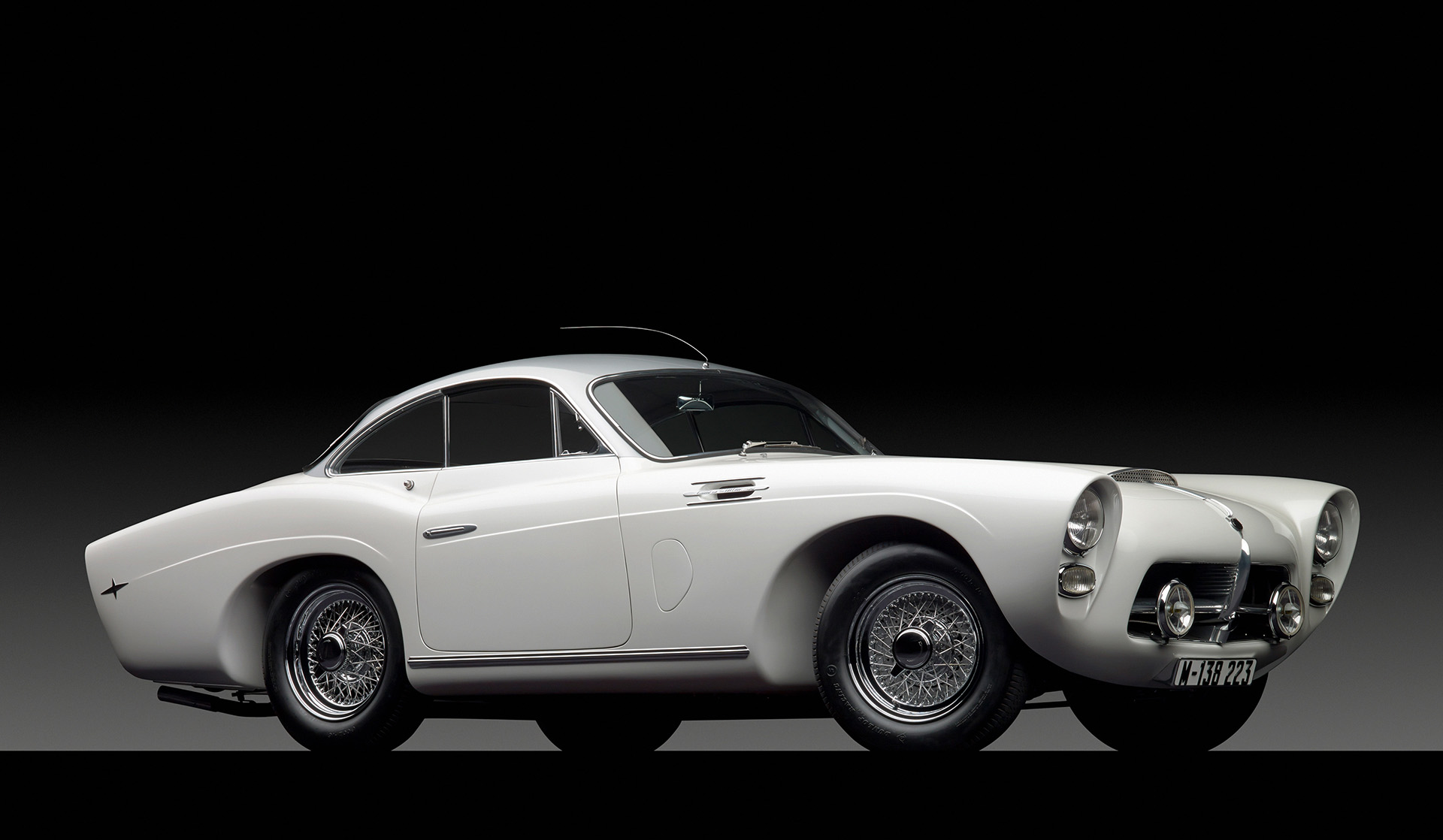
Another important and original example belongs to the Fritz Kaiser collection, the final car produced by Saoutchik: open-top with its distinctive low frameless windshield that gives it a truly singular elegance.
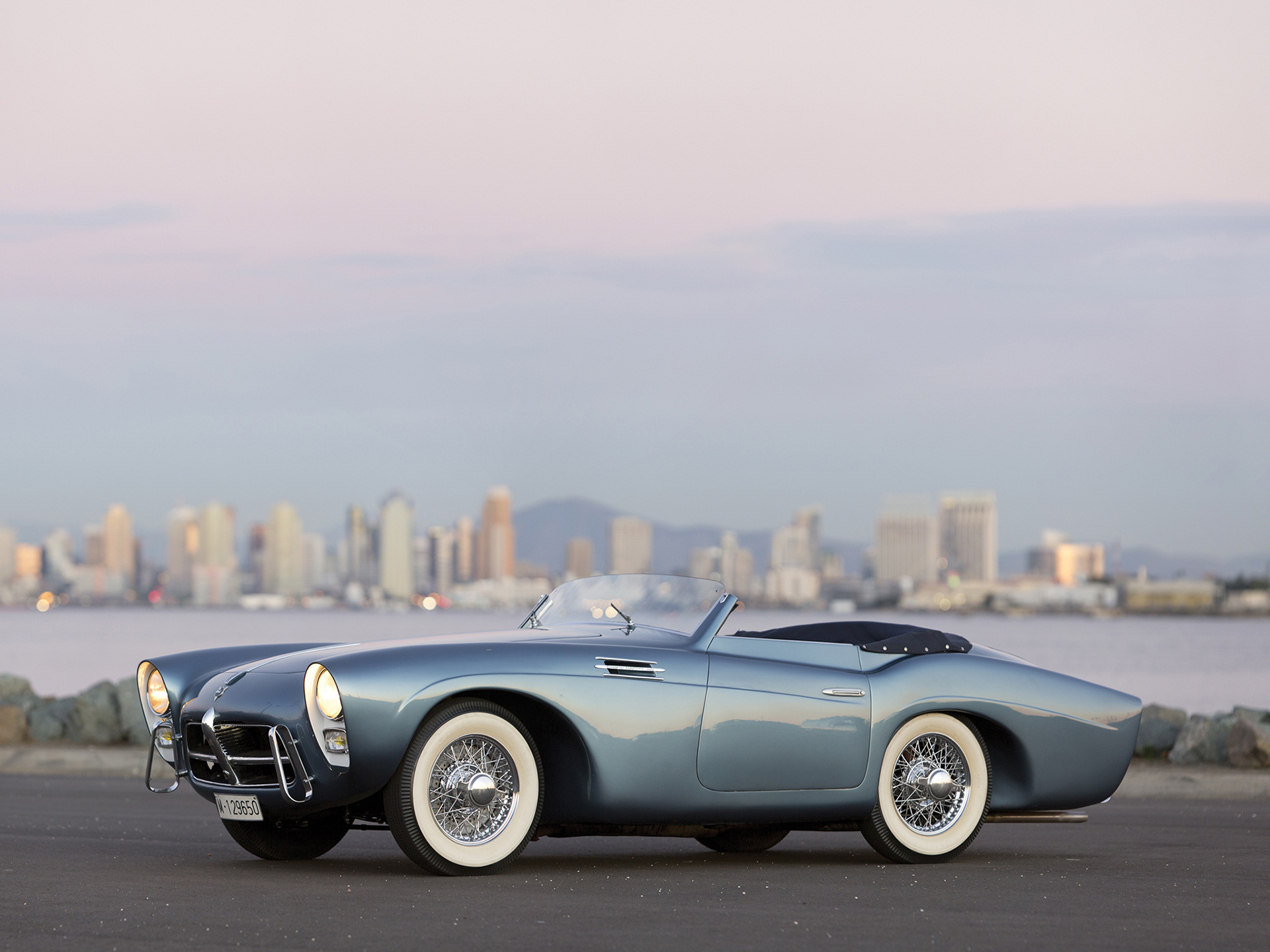
All this was not enough for Spain to place an autocratic product in the luxury sports car market and in 1957 the company ceased the production of cars and focused solely on commercial vehicles.
